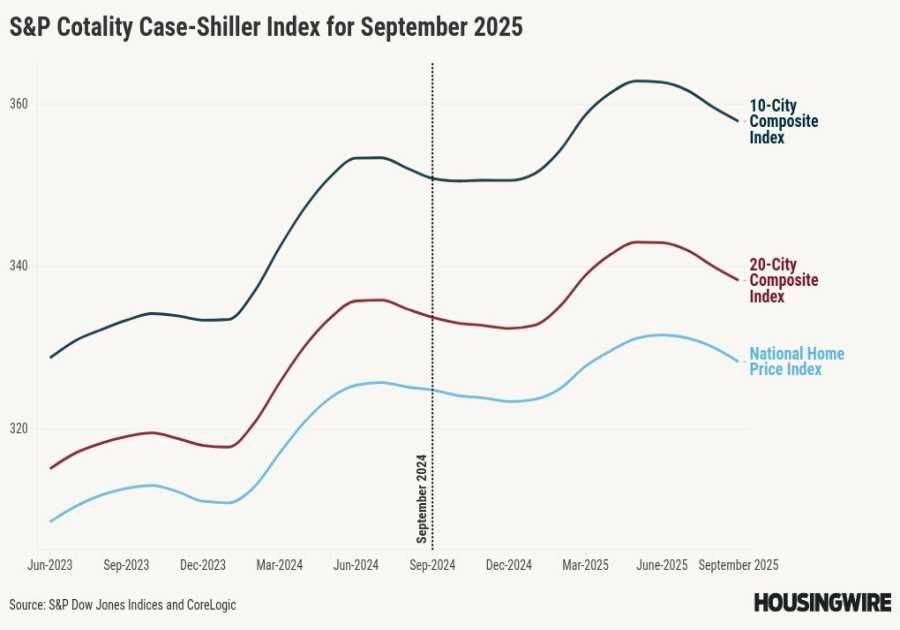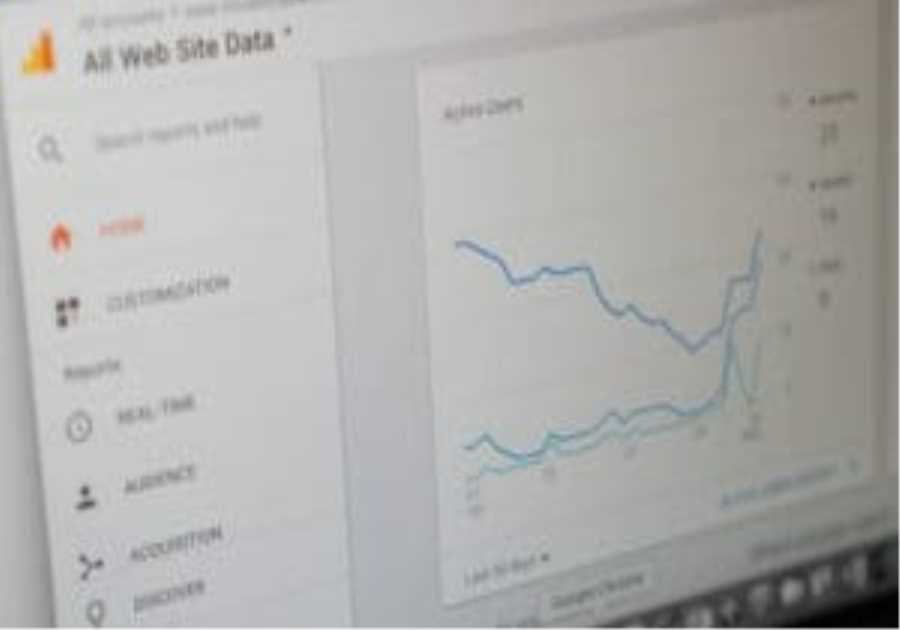An overwhelming majority of metro markets saw home price gains in the third quarter of 2022 despite mortgage rates that approached 7% and declining sales, according to the National Association of Realtors’ latest quarterly report. Forty-six percent of the 185 tracked metro areas registered double-digit price increases, down from 80% in the second quarter of this year.
The national median single-family existing-home price climbed 8.6% from a year ago to $398,500. Year-over-year price appreciation decelerated when compared to the previous quarter’s 14.2%.
“Much lower buying capacity has slowed home price growth and the trend will continue until mortgage rates stop rising,” said Lawrence Yun, NAR’s chief economist. “The median income needed to buy a typical home has risen to $88,300 – that’s almost $40,000 more than it was prior to the start of the pandemic, back in 2019.”
Among the major U.S. regions, the South registered the largest share of single-family existing-home sales (44%) and the greatest year-over-year price appreciation (11.9%) in the third quarter. Prices elevated 8.2% in the Northeast, 7.4% in the West and 6.6% in the Midwest.
The top 10 metro areas with the largest year-over-year price increases all recorded gains greater than 18%, with seven of those markets in Florida. Those include North Port-Sarasota-Bradenton, Florida (23.8%); Lakeland-Winter Haven, Florida (21.2%); Myrtle Beach-Conway-North Myrtle Beach, South Carolina-North Carolina (21.1%); Panama City, Florida (20.5%); Deltona-Daytona Beach-Ormond Beach, Florida (19.6%); Port St. Lucie, Florida (19.4%); Greenville-Anderson-Mauldin, South Carolina (18.9%); Kingsport-Bristol-Bristol, Tennessee-Virginia (18.8%); Tampa-St. Petersburg-Clearwater, Florida (18.8%) and Ocala, Florida (18.8%).
Half of the top 10 most expensive markets were in California, including San Jose-Sunnyvale-Santa Clara, California ($1,688 million; 2.3%); San Francisco-Oakland-Hayward, California ($1,300 million; -3.7%); Anaheim-Santa Ana-Irvine, California ($1,200 million; 9.1%); Urban Honolulu, Hawaii ($1,127,400; 7.6%); San Diego-Carlsbad, California ($900,000; 5.9%); Los Angeles-Long Beach-Glendale, California ($893,200; 3.8%); Boulder, Colorado ($826,900; 7.5%); Naples-Immokalee-Marco Island, Florida ($746,600; 16.7%); Seattle-Tacoma-Bellevue, Washington ($741,300; 4.6%); and Boston-Cambridge-Newton, Massachusetts-New Hampshire ($698,900; 6.2%).
“The more expensive markets on the West Coast will likely experience some price declines following this rapid price appreciation, which is the result of many years of limited home building,” said Yun. “The Midwest, with relatively affordable home prices, will likely continue to see price gains as incomes and rents both rise.”
In the third quarter of 2022, stubbornly high home prices and increasing mortgage rates reduced housing affordability. The monthly mortgage payment on a typical existing single-family home with a 20% down payment was $1,840. This represents a marginal increase from the second quarter of this year ($1,837), but a significant jump of $614 – or 50% – from one year ago. Families typically spent 25% of their income on mortgage payments, down from 25.3% in the prior quarter, but up from 17.2% one year ago.
“A return to a normal spread between the government borrowing rate and the home purchase borrowing rate will bring the 30-year mortgage rates down to around 6%,” said Yun. “The usual spread between the 10-year Treasury yield and the 30-year mortgage rate is between 150 to 200 basis points, rather than the current spread of 300 basis points.”
First-time buyers looking to purchase a typical home during the third quarter of 2022 continued to feel the impact of housing’s growing unaffordability. For a typical starter home valued at $338,700 with a 10% down payment loan, the monthly mortgage payment rose to $1,808 – nearly identical to the previous quarter ($1,807), but an increase of almost $600, or 49%, from one year ago ($1,210). First-time buyers typically spent 37.8% of their family income on mortgage payments, up from 36.8% in the previous quarter. A mortgage is considered unaffordable if the monthly payment (principal and interest) amounts to more than 25% of the family’s income.
A family needed a qualifying income of at least $100,000 to afford a 10% down payment mortgage in 59 markets, up from 53 in the prior quarter. Yet, a family needed a qualifying income of less than $50,000 to afford a home in 17 markets, down from 23 in the previous quarter.
This article was written by Brenda Richardson from Forbes and was legally licensed through the Industry Dive Content Marketplace. Please direct all licensing questions to [email protected].
------------Read More
By: admin
Title: Home Prices Rose Year-Over-Year In 98% Of Metro Areas In The Third Quarter
Sourced From: www.pncrealestatenewsfeed.com/home-prices-rose-year-over-year-in-98-of-metro-areas-in-the-third-quarter/
Published Date: Mon, 21 Nov 2022 22:06:37 +0000
.png)





